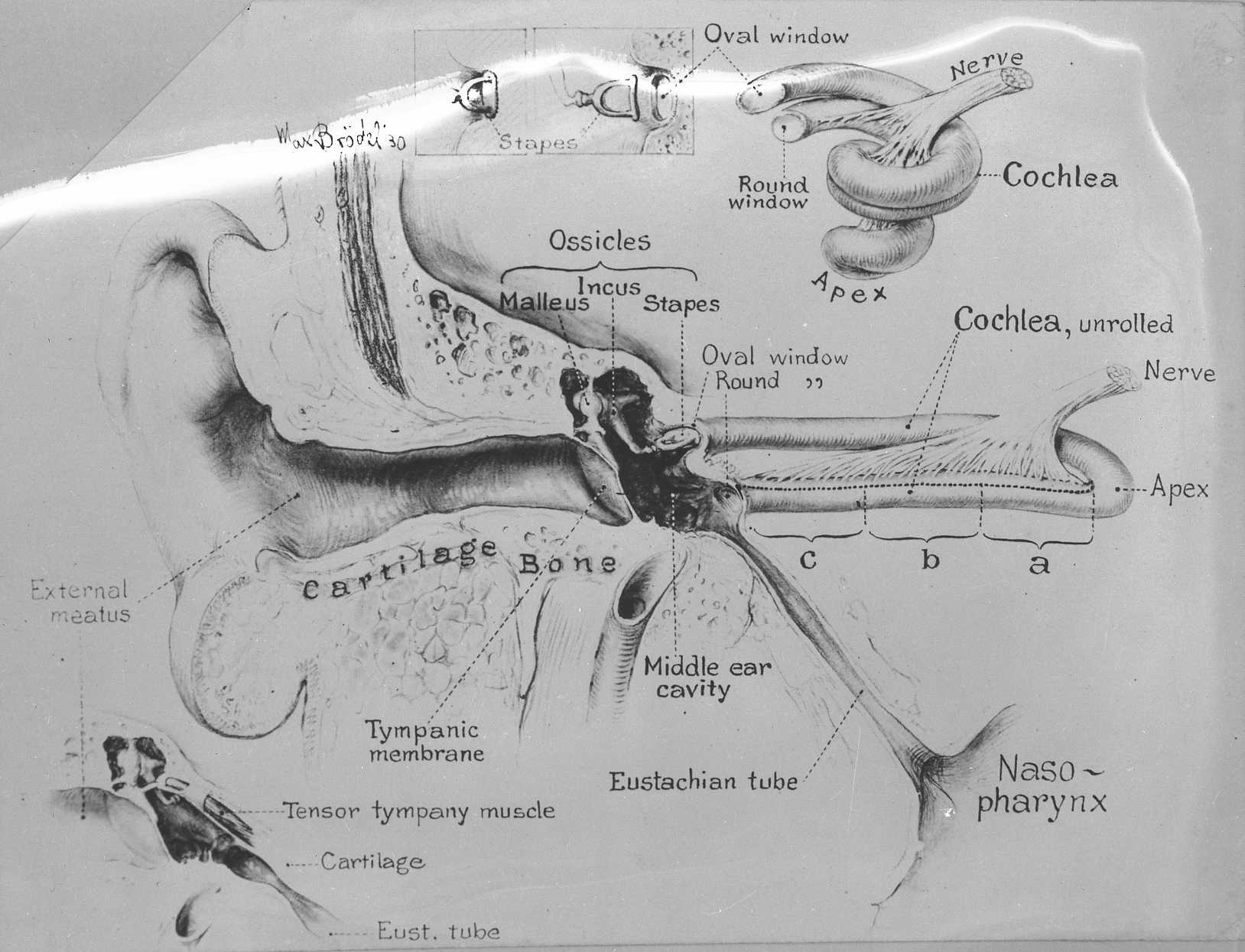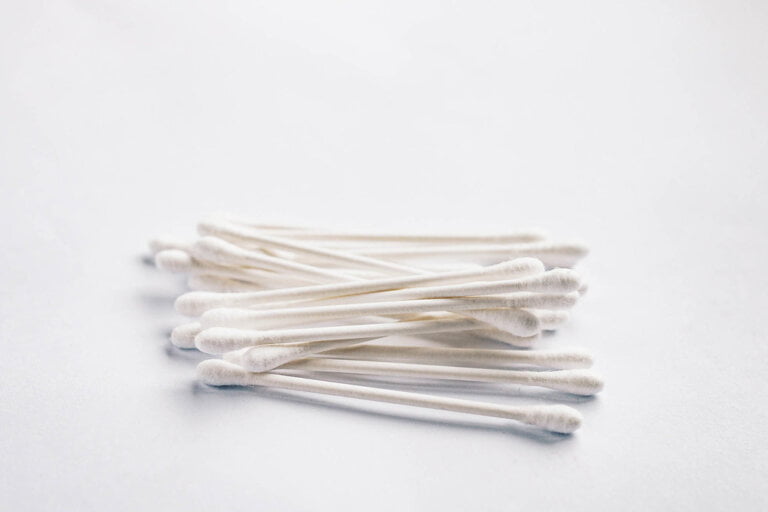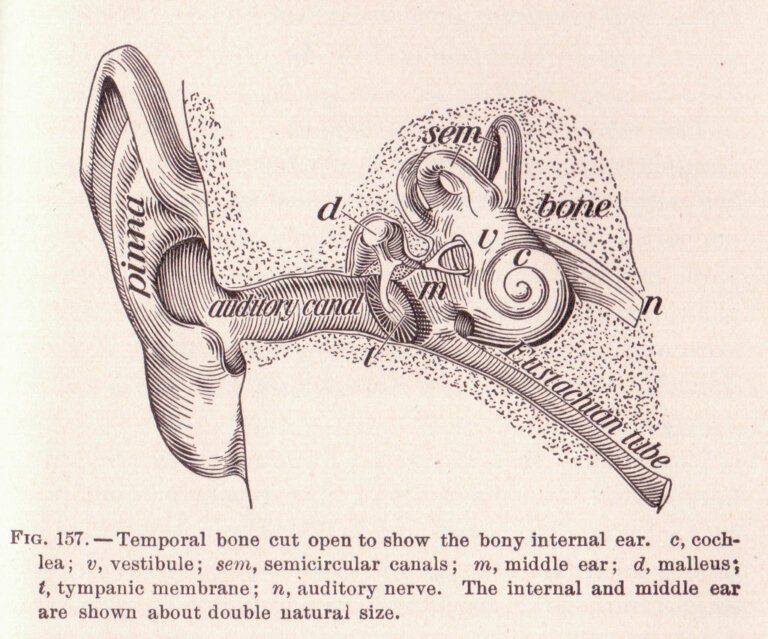Leading the Way: Innovations in Manual Instrument Ear Wax Removal
Last Updated on 3rd May 2024 by Admin
Ear wax buildup is a common problem that affects many individuals worldwide. While it serves a protective function for our ears, excessive wax accumulation can lead to discomfort, hearing loss, and even infection. To address this issue, manual instrument ear wax removal has been a popular and effective method for years. In this article, we will explore the innovative advancements and techniques that have revolutionized this practice, ensuring safer and more efficient results.
Understanding the Importance of Manual Instrument Ear Wax Removal
Before delving into the innovations within manual instrument ear wax removal, it is crucial to understand its significance. While there are alternative methods available, manual removal remains a preferred choice due to its precision and immediate effectiveness. Furthermore, it is suitable for individuals with different ear canal structures, allowing customized treatment for each patient.
Manual instrument ear wax removal offers several advantages:
- Precision: Manual removal allows practitioners to have direct control and visibility, ensuring accurate targeting of ear wax buildup. This precision minimizes the risk of damaging delicate ear structures.
- Immediate Effectiveness: Unlike some alternative methods, manual removal provides immediate relief from symptoms caused by excess ear wax. Patients can experience improved hearing and reduced discomfort soon after the procedure.
- Customized Treatment: Every individual has a unique ear canal structure, and manual removal can be tailored to their specific needs. This personalized approach ensures optimal care and better outcomes for patients.
The Evolution of Manual Instrument Ear Wax Removal Techniques
Over the years, expert practitioners and researchers have continuously strived to improve the manual instrument ear wax removal procedure. As a result, several innovations have emerged, enhancing safety, comfort, and overall patient satisfaction. Let’s explore some of these advancements:
1. Microsuction Technology
Microsuction has revolutionized the field of manual instrument ear wax removal. It involves using a miniature suction device, which is inserted into the ear canal, enabling the controlled and gentle removal of excess wax. This technique ensures minimal discomfort and reduces the risk of injury to the delicate ear structures.
Some key benefits of microsuction technology include:
- Improved Safety: The controlled suction allows for safer removal, minimizing the risk of damage to the ear canal and eardrum.
- Greater Precision: With a clear view of the ear canal, practitioners can precisely target and remove the wax buildup.
- Comfortable Experience: Microsuction technology provides a more comfortable experience for patients, as it eliminates the need for water or irrigation.
2. Endoscopic Visualization
Endoscopic visualization involves the use of a small, flexible camera known as an endoscope. This instrument enables practitioners to have a detailed visual representation of the ear canal and eardrum, facilitating accurate diagnosis and targeted wax removal.
The benefits of endoscopic visualization include:
- Accurate Diagnosis: The magnified view provided by the endoscope allows practitioners to identify underlying issues and determine the best course of action.
- Enhanced Safety: By directly visualizing the ear canal, practitioners can avoid potential risks and minimize the chance of injury during the removal process.
- Improved Success Rates: With better visualization, endoscopic techniques have shown higher success rates in removing stubborn or hard-to-reach wax.
3. Gentle Irrigation Systems
Innovations in gentle irrigation systems have further enhanced the manual instrument ear wax removal process. These systems utilize a controlled flow of warm water or saline solution to dislodge and flush out the accumulated ear wax. The gentle pressure ensures a safe and comfortable experience for the patient while effectively removing stubborn wax deposits. This technique is particularly useful for individuals with compacted or hardened wax.
Key advantages of gentle irrigation systems include:
- Safe and Controlled Pressure: The use of warm water or saline solution at a controlled pressure ensures a gentle yet effective removal process without causing discomfort or harm to the ear.
- Effective Wax Removal: The flushing action of the irrigation system can dislodge and remove even stubborn or hardened wax deposits, improving hearing and reducing the risk of complications.
- Comfortable Experience: Patients often find gentle irrigation systems more comfortable than other methods, as they do not involve suction or mechanical scraping.
4. Loop and Scoop Instruments
Loop and scoop instruments have long been used in manual instrument ear wax removal. These specialized tools, made of medical-grade stainless steel, allow practitioners to carefully extract wax from the ear canal without causing any harm. Their designs have evolved over time, providing improved ergonomics and ease of use. Loop and scoop instruments are especially effective for removing larger wax accumulations or foreign objects from the ear.
Benefits of loop and scoop instruments include:
- Gentle and Precise: Loop and scoop instruments allow for a gentle and controlled removal process, minimizing the risk of injury to the ear canal or eardrum.
- Versatile: These instruments can effectively remove both wax accumulations and foreign objects, providing a comprehensive solution for various ear-related issues.
- Improved Design: The evolution of loop and scoop instruments has resulted in better ergonomics, making the procedure easier and more comfortable for both practitioners and patients.
5. Updated Training and Certification
In addition to technological innovations, the field of manual instrument ear wax removal has also seen advancements in training and certification programs. Professionals specializing in this practice undergo rigorous training to enhance their knowledge and skills. They learn about the latest techniques, safety procedures, and patient care protocols, ensuring high-quality services and optimal patient outcomes.
Benefits of updated training and certification programs:
- Expertise and Skills: Professionals trained in the latest techniques and safety protocols can provide a higher level of care and ensure better outcomes for patients.
- Adherence to Standards: Updated training programs ensure that practitioners follow established guidelines and best practices, minimizing the risk of errors or complications.
- Continual Professional Development: Ongoing training and certification programs enable practitioners to stay updated with the latest advancements in the field, ensuring the delivery of quality care.
The Benefits of Innovations in Manual Instrument Ear Wax Removal
The innovations discussed above offer numerous benefits to both patients and practitioners. Some notable advantages include:
- Increased patient comfort during the procedure: Innovations such as microsuction technology and gentle irrigation systems provide a more comfortable experience for patients, reducing any potential discomfort or pain.
- Enhanced safety and reduced risk of injury: Advanced visualization techniques, improved instruments, and updated training programs contribute to a safer removal process, minimizing the risk of injury to the ear canal or eardrum.
- Improved precision and effectiveness in wax removal: The use of advanced technologies and specialized instruments ensures precise targeting and removal of ear wax, resulting in better outcomes for patients.
- Customized treatment for various ear canal structures: Manual instrument ear wax removal techniques can be tailored to accommodate different ear canal structures, providing individualized care for each patient.
- Minimized risk of complications or infection post-removal: The advancements in manual instrument ear wax removal techniques reduce the risk of complications or infections that can occur after the procedure, promoting better post-removal recovery.
- Better patient satisfaction and overall experience: The combination of improved comfort, safety, and effectiveness leads to higher patient satisfaction and an overall positive experience throughout the procedure.
Conclusion
In conclusion, innovations in manual instrument ear wax removal have significantly improved the effectiveness and safety of this procedure. Microsuction technology, endoscopic visualization, gentle irrigation systems, loop and scoop instruments, and updated training programs have all played a role in advancing this practice. Patients can now benefit from more comfortable, precise, and efficient wax removal solutions, leading to improved hearing health and overall well-being. If you are experiencing ear wax buildup, consult a qualified and experienced professional who can utilize these innovative techniques to provide you with optimal care.
FAQ
Q1: What are the advantages of manual instrument ear wax removal?
A1: The advantages of manual instrument ear wax removal include precision targeting of ear wax buildup, immediate relief from symptoms, and customized treatment for different ear canal structures.
Q2: What is microsuction technology?
A2: Microsuction technology involves the use of a miniature suction device to gently remove excess ear wax. It offers improved safety, greater precision, and a more comfortable experience for patients.
Q3: What is endoscopic visualization?
A3: Endoscopic visualization is a technique that uses a small camera called an endoscope to provide a detailed visual representation of the ear canal and eardrum. It allows for accurate diagnosis and targeted wax removal.
Q4: How do gentle irrigation systems work?
A4: Gentle irrigation systems use controlled flows of warm water or saline solution to dislodge and flush out accumulated ear wax. They provide safe and effective removal, particularly for compacted or hardened wax.







